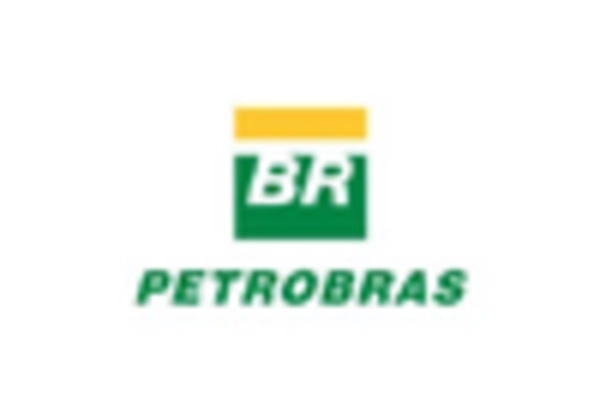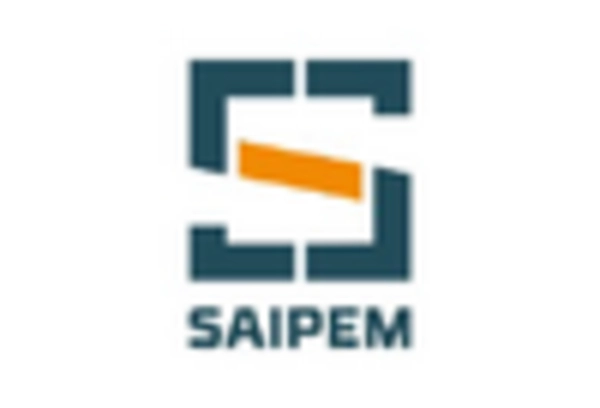Increasing Energy Demand
The FPSO Market is experiencing a surge in demand for energy, driven by the growing global population and industrialization. As economies expand, the need for oil and gas resources intensifies, leading to increased exploration and production activities. FPSOs, with their ability to operate in deepwater and remote locations, are becoming essential for meeting this demand. According to recent data, the energy consumption is projected to rise by approximately 30% by 2040, necessitating innovative solutions like FPSOs. This trend indicates a robust growth trajectory for the FPSO Market, as operators seek efficient and flexible production methods to capitalize on emerging opportunities.
Technological Innovations
Technological advancements play a pivotal role in shaping the FPSO Market. Innovations in subsea processing, floating production systems, and digitalization are enhancing operational efficiency and safety. For instance, the integration of advanced monitoring systems and automation technologies is streamlining production processes, reducing downtime, and minimizing operational costs. The FPSO Market is witnessing a shift towards more sophisticated vessels equipped with cutting-edge technology, which can adapt to varying environmental conditions. This evolution not only improves the economic viability of projects but also attracts investments, as stakeholders recognize the potential for higher returns through enhanced performance and reliability.
Rising Investment in Emerging Markets
Emerging markets are becoming focal points for investment within the FPSO Market. Countries with significant offshore oil and gas reserves are attracting attention from international operators seeking to capitalize on untapped resources. The potential for high returns in these regions is driving increased capital allocation towards FPSO Market projects. For instance, regions in Africa and South America are witnessing a surge in exploration activities, supported by favorable geological conditions. This trend suggests that the FPSO Market will continue to expand as investors seek to leverage the opportunities presented by these emerging markets, thereby enhancing overall market dynamics.
Regulatory Support for Offshore Projects
The FPSO Market benefits from favorable regulatory frameworks that encourage offshore oil and gas exploration. Governments are increasingly recognizing the importance of energy security and are implementing policies that facilitate investment in offshore projects. This regulatory support often includes streamlined permitting processes and incentives for utilizing advanced technologies. As a result, the FPSO Market is likely to see a rise in new projects, particularly in regions with untapped resources. The alignment of regulatory frameworks with industry needs fosters a conducive environment for growth, enabling operators to deploy FPSOs more effectively and efficiently.
Focus on Sustainability and Environmental Compliance
Sustainability initiatives are becoming increasingly critical within the FPSO Market. Companies are under pressure to minimize their environmental footprint and adhere to stringent regulations. The adoption of FPSOs, which can be designed to reduce emissions and manage waste effectively, aligns with these sustainability goals. Furthermore, the industry is witnessing a shift towards renewable energy integration, with some FPSOs being retrofitted to accommodate hybrid systems. This focus on sustainability not only enhances the reputation of operators but also opens up new avenues for investment, as stakeholders prioritize environmentally responsible practices in their portfolios.


















Leave a Comment